The Future of Development is Agile
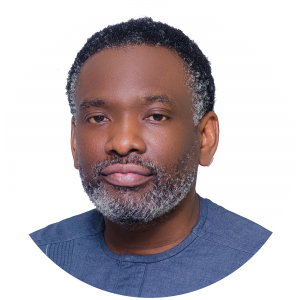
You’re a project management professional with a focus on social initiatives, please describe a few of your projects.
I’m working on several projects for social initiatives. One that I recently worked on was a project with Population Services International (PSI), funded by USAID. It was focused on sanitation and hygiene in five countries in Africa–really making sanitation and hygiene affordable for people living below the poverty line. There was another project that had to do with teaching and education–sex education for children and changing or trying to effect changes in lifestyle, by helping people not have too many children. Those are some of the recent projects that really focused on social initiatives. I have done a lot of projects focused on social issues, but those specifically were two I recently focused on.
“When you have the community involved, they’re excited, they own it.”
Which issues are you addressing through using formal project management?
I’m trying to work with project management communities in Africa to have community-related initiatives by using our skills as project managers to work with the communities. In one instance, I worked in Nigeria with about ten NGOs, helping them to make better uses of their resources by engaging them in the planning-strategy-execution framework. The range of NGOs that attended this particular program included international and local NGOs–some focusing on issues related to gender, some focusing on planning and development, and others focusing on things like community engagement.
We also work with teachers to get them to use project management to teach children. We work with NGOs, so they understand project management better, and they can apply the skills and mindset to what they do at NGOs. A lot of NGOs tend to operate by project, but they don’t necessarily have a formal framework or understanding of that process.
Describe how you view the intersection of portfolio/program/project management (PPPM) and social impact.
Some of the times I’ve spoken with people, we talk about project management as different because [formal] project management focuses on business benefits. If enterprises at normal organizations, or other organizations, focus on business benefits–then we are going to have a [similar] conversation about the impact of the initiatives that are being done or carried out by not-for-profits or NGOs. I have to remind people that at the end of the day, money is being spent, and the essence of spending that money is really to impact the lives of people in communities that oftentimes are very poor.
We tend to need to use innovation–you can’t just take a solution from one place and implement it in another place. You have to understand, “What is the goal? What are the special constraints we are facing in this community?” Apply innovation, but keep in mind, the fact that all of these things need to be synchronized to ensure that we get most of the benefits that we are looking to get when we set out to commission those projects. It’s about driving people to understand that money is being spent, an impact is expected; and how do we make sure we don’t just take [the same] solutions from one place to another place? We apply creative thinking skills, problem-solving skills, which are project management disciplines; into making sure that you do what you need to do to maximize the impact from the investments in these social initiatives.
You also have a mission to create a working Africa. Please explain how your company Afrissance is promoting a working Africa.
Actually, the name of the company means an African Renaissance. We are focused in certain areas around encouraging and empowering communities in Africa to be self-sufficient. We talk about, “What are some of those things that we can do in working with companies in Africa to become global brands, to go beyond the founder?” You have many companies that just have one generation.
More companies that go beyond the founder can create more jobs, be involved in corporate social responsibility–and the more self-sufficient the planet becomes. We focus a lot on leadership and helping to build workforces, because there is an emphasis to focus on the technical development of people in companies in most countries in Africa. But, how about really helping to develop the people, so that they move from being technical specialists to leaders of people? The more they can lead people, companies can grow faster, and have more impact in their immediate environment.
We also have a focus on education in using what we know to work with universities and secondary schools to develop the pipeline that’s coming out of these places. This makes sure that graduates can be absorbed into the workforce, and they can be productive because they’ve grown up in the environment. Lastly, we focus on working with government entities to increase their leadership skills and help them to be more capable of delivering optimally. I think the combination of these things can help to promote a better and working Africa.
“Communication is really about these things–because we cannot control the rate of change, but we don’t have the luxury of doing nothing.”
What are some critical PPPM factors in achieving resilience?
I’ve had the privilege and opportunity to work on some of these initiatives quite recently. For me, there needs to be more areas of community involvement right from the onset because this helps to increase impact. We need to do more work from a change management perspective; getting the community involved right from the start. Get them to own, and be excited about, the impact we are trying to achieve. It means we have to engage stakeholders–the community, government stakeholders, local companies. We need to be more purposeful about knowing the people that are going to help us to make and realize the impact. We need to do better work around stakeholder engagement.
I believe that we need to have proactive strategies for sustainability. We need to work with local partners. If we have better community involvement and we have a moralistic stakeholder engagement right from the start of initiatives–even as you’re scoping the initiative, then you’re thinking about sustainability right from the start of the project. The more you think about these things, the easier it becomes. When you have the community involved, they’re excited, they own it. If it’s well-implemented and it’s successful, then they can take over ownership of it.
Coming from experience, sometimes what tends to happen is we bring the solution; we are bringing the solution, we have the funding, and things like getting the community involved and excited–the stakeholder engagement that needs to be done upfront, doesn’t start getting done until there are challenges in implementation. Of course, the follow-up to that is sustainability. I think the key things are more purposeful community involvement, stakeholder engagement, also thinking about sustainability, and working locally with the people who are going to be using your solutions right from the start. Change management, community involvement, stakeholder engagement, and sustainability.
I’ve experienced it, where you have the funding, you have the donors or international not-for-profits. There is an international team that comes in, but the community is not involved–they don’t know why things are being done or carried out, and they can see it as somebody else’s project. It doesn’t gain traction, or the local entities do not understand the end-to-end purpose of what we are trying to achieve. There might be sabotage if we haven’t done good enough community involvement, like engaging local stakeholders so that they understand the change and impact it is going to have on them. Sometimes, we get the end results, but we lose some traction and we lose some benefits.
Are there specific considerations associated with cultures or regions in Africa that get overlooked by international aid or development organizations?
Sometimes, there’s a lack of understanding of certain peculiarities, or certain cultures, or behaviors. You need to understand how people live in order to affect their environment, regardless of your great intentions when you kick off a project. When I talk about purposeful community involvement and stakeholder engagement, it’s understanding how these people live, finding out their real challenges, and then take a step back. Be willing to learn from them about their constraints, so you can invest upfront whatever needs to be done to increase the chances of benefits realization.
How do you see the future of PPPM in the social impact space?
Innovation is very key. The rate of change is so fast, and innovation is very key. Now, with innovation comes a level of disruption. It’s almost creating some level of chaos. As practitioners of projects and project management, we’ve got to understand that things are going to be chaotic, and we need to adapt our structure to be able to deal with the chaos.
PPPM needs to help us to innovate quickly, but in a more manageable way. There is always going to be chaos and we are going to have to turn things around fast. That is what has increased the usage of agile methods. We are not always going to know the end from the beginning due to innovation, chaos, or disruption. We still need to plan, but it’s almost like we need to plan in a responsive way to the number of changes that are going on. Agile project management is one of those things we need to further develop. We need to be flexible, nimble, and we need to move faster.
“We don’t have the time we had before, so we need to adapt and focus on benefits and coping in a changing world.”
There are concerns that agile cannot scale. How would you respond to those concerns? Do you see waterfall methods falling away as a standard practice?
Who cares about the concerns? We’ve got to make it work, so we’ve got to have the openness. It’s not about whether agile can scale or not, the [project] lifecycles we used to be able to afford will no longer exist in the future. We have to be committed to agile, and we’ve just got to make it work, because we are not going to be able to control the rate of change. We’ve just got to accept that chaos is going to be there, but we need to focus on how we will manage it. We need to get better at agile, so we need to make agile scale.
I’m actually much less technical now, honestly. I am. I’m more focused on the adoption, and what is it we need to do to really focus on benefits realization. I’m just less interested in all the models. What I would say to somebody concerned about whether agile can scale is, “I don’t really care whether agile is going to scale or not, but we’re going to have to be more innovative and make sure that we optimize the benefits for every dollar that is spent.” Whatever you want to call the model, the model has got to exist.
Many grant applications seem modeled on a waterfall approach. As you’ve mentioned, there is a lot of change and uncertainty. How can these factors be accounted for when seeking grant funding?
I was privileged to work on that project recently for PSI. There is a lot of uncertainty. There is a lot of innovation. It was a 5-year year program as well. You start with the mindset that we have to make affordable toilets, and we have to build the whole system. Yes, you have to write the grant document. You have to estimate what is going to happen and be willing to deal with the consequences–because the reality you are starting with when you write the grant document for a 5-year year program is that in six months it has changed; government, regulations, many things.
It’s about a focus on continuous improvement because there are so many uncertainties. It’s almost like sometimes you write the grant, and even the funders know that the grant document is a best-effort, and that things are likely to change. What becomes more important is the monitoring and the reporting, and contingencies that need to happen. It’s the flexibility to say, “Things have changed, but we are monitoring the reasons change needs to happen and identifying what changes we need.” That is where agile comes in.
What changes do we need to put in place? We have already started the project, and we are going to have year-by-year releases of funds. We can’t stop, we have a disbursement, so we need to be continually innovative. We still have to be controlling, because we have to come back to the funders. We must be very good at making data-driven decisions. We need to communicate with more synergy between the partners, the implementing partners, the donors, the community. Just know that things change; but how can we manage the chaos–because we cannot stop the change.
We have already started the project, and we are going to have year-by-year releases of funds. We can’t stop, we have a disbursement, so we need to be continually innovative. We still have to be controlling, because we have to come back to the funders. We must be very good at making data-driven decisions. We need to communicate with more synergy between the partners, the implementing partners, the donors, the community. Just know that things change; but how can we manage the chaos, because we cannot stop the change.
“There is so much change happening, we can’t fight the change. How do we make sense of it?”
Oftentimes, when you have started, killing the project or going back to the drawing board is necessary; but more often than not, it is not the best alternative. The better alternative is to consider, “What is the best we can do given where we are now, and where we see the next six months?” We can have a 5-year year plan delivered in quarterly cycles, or six-month cycles. Things change; how do we control the change, communicate, and continue to innovate so the benefits are kept in sight?
It’s about stakeholder engagement, change management, being agile and more responsive. It’s about changing the focus to, “What is the best tool to get the best results?” Communication is really about these things–because we cannot control the rate of change, but we don’t have the luxury of doing nothing. It’s the balance that we want to get the best for whatever investment, but things are really changing fast, and we cannot be stuck on the way we set out–when the emerging reality is saying we can do it a better way. We sometimes don’t pay a lot of attention to proper stakeholder engagement, proper community involvement. I do work with PMI, but I’m also a change manager. I do a lot of work with people and getting the benefits.
What most concerns you about the world today? What gives you hope?
What most concerns me? Humanity and equality are the things that most concern me. A more equal world is great and some of the things that we see are disturbing–but, humanity is still what gives me the most hope in spite of all the disparity and suffering. I still see glimpses of people being people at the end of the day. They will come together and build things. If there’s a disaster, people will come together. It gives me hope. It also concerns me, the things that are happening in some parts of the world–because we are not there, we are desensitized, or we just don’t see it. I think people are still people.
What I like about project management, and I’m also a member of the [PMI] Educational Foundation, and what’s exciting is they talk about 21st-century skills, the creative problem-solving skills, the critical thinking skills, the communication skills. Those are very important things and what some parts of what the Educational Foundation are doing is really to help to bring these to bear in secondary schools.
It doesn’t really matter how we start. If it looks like we are not going to achieve what we set out to do in the right time frame, what are we going to do? How can we have the right kind of communications? How do we really optimize problems and make decisions? I think those skills are important things as we strive to do 5-year projects, 10-year projects, and being able to really put that into the educational system so that children, and the next generations, are being exposed to these things. Also, using the concept of project-based learning and watching children do stuff–they have to practicalize those things by using critical thinking in order to actualize a purpose. It’s exciting.
Project management has to evolve. We don’t have the time we had before, so we need to adapt and focus on benefits and coping in a changing world.
People feel excited, and then they can debrief and say, “Oh wow, this is what we did!” When I see that work, it’s very refreshing. I have a ten-year-old son, so I think it’s [project-based learning] engaging and it’s not just for children. Even myself, I have done my second or third online course, and it’s just really exciting to see the outcome. It’s definitely important in this age where social media or gadgets are so commonplace. I think it helps to leverage the benefits of technology. It’s definitely something worth leveraging.
I’m really excited about digital education. I’m excited that maybe getting a degree or learning and gaining skills that are important to you; just learning about the world without going into a classroom. I wonder how much 5G will impact that technology and make it seem like we are working together? I’m excited about digital academies–being able to learn and do great things from different places. Then, there will be 6G, and then 7G. I’m thinking about leadership training where everyone is sitting at their desks and having real-time interactions with other people.
There is so much change happening, we can’t fight the change. How do we make sense of it? Project management has to evolve. We don’t have the time we had before, so we need to adapt and focus on benefits and coping in a changing world.
Deji works with Organisations and Leadership teams to craft and implement winning strategies for their businesses, build and grow high-performing teams whilst enabling successful transformations.
Currently, he is the Practice Lead at Afrissance Limited, overseeing the Organisational Health and Change Management practices. Prior to Afrissance, he spent over 20 years in senior management and leadership positions at a number of multinationals across Europe, United States and Africa with experience spanning Technology, Financial Services, Government Agencies and Oil & Gas sectors.
In his current role, he focuses on strategy formulation, transformation and leadership team development. As an International Consulting Partner with TableGroup, he is adept at helping companies use Table Group’s Advantage Model to create healthy high performing organisations. As a PROSCI Certified Advanced Instructor (PCAI), he is part of a select group of instructors accredited globally to deliver public PROSCI Change Management methodology certification in addition to providing change management consulting and advisory services. He delivers Leadership Intervention programs for Helmsley Fraser’s Fortune 500 clients as an independent consultant and being an Insights Licensed Practitioner and Coach; he uses the Insights tools mainly to underpin his work on team dynamics, culture and leadership insights.
As a committed volunteer, he serves on the Community Engagement Committee of the Project Management Institute Educational Foundation PMIEF – pmief.org (Global Educational Foundation of the Project Management Institute – pmi.org) championing project management educational interventions and disaster recovery initiatives across Africa and continues to sit on the corporate board of PMI Nigeria. Previously he served as a founding member of the PMI Lagos, Nigeria Chapter (2005), and was President of the Chapter before becoming the Region Mentor for PMI Chapters in Africa from 2010 – 2013.
Deji is an alumni of BATH University (MBA program), Said Business School, Oxford & HEC University combined Executive Masters Programme – Coaching and Consulting for Change. He is also an alumni of the PMI Leadership Institute Master Class.

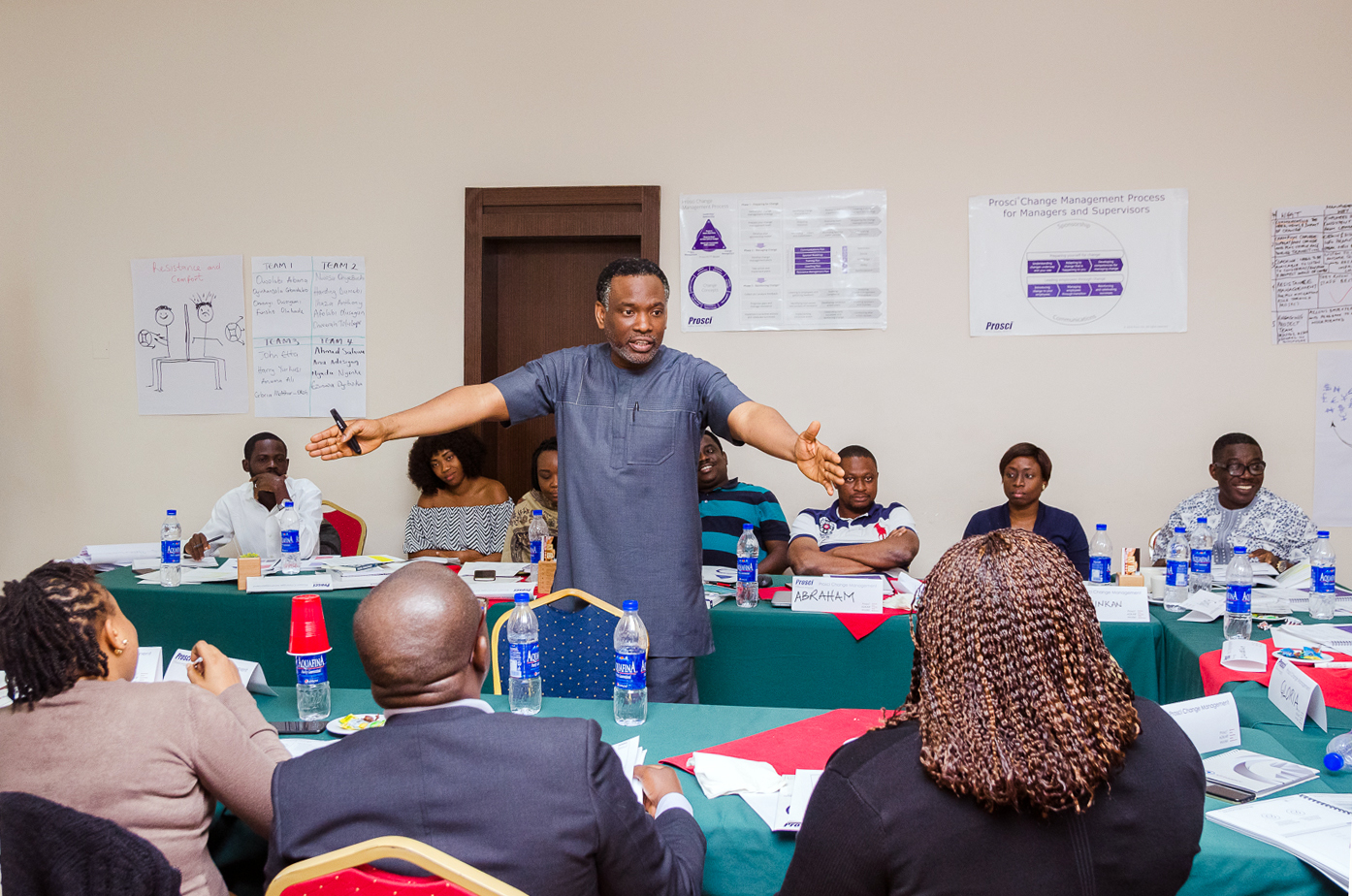
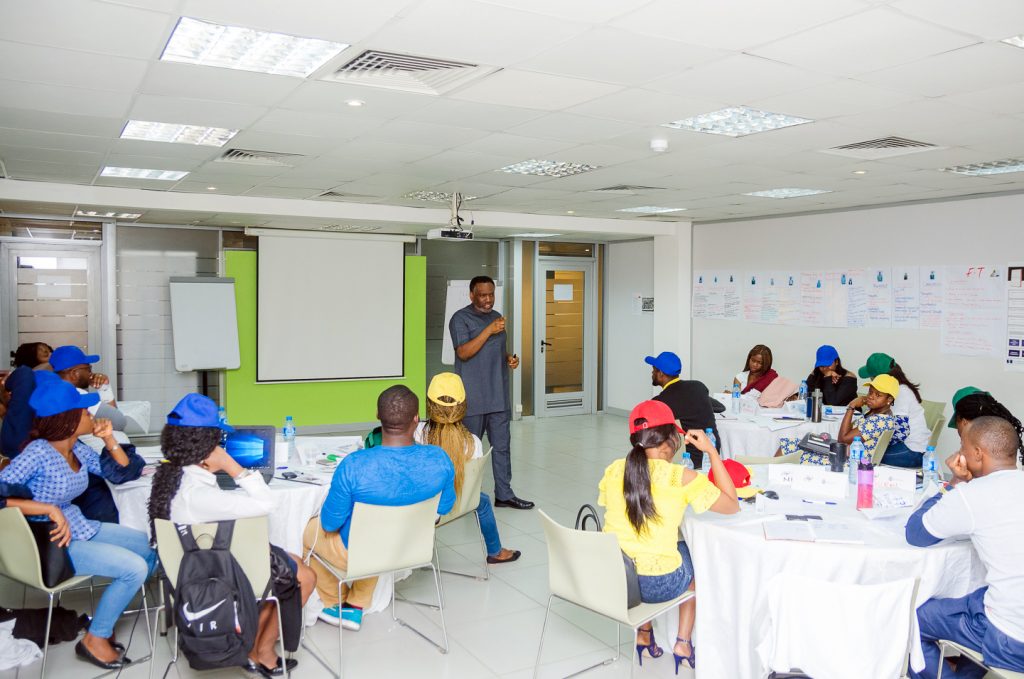
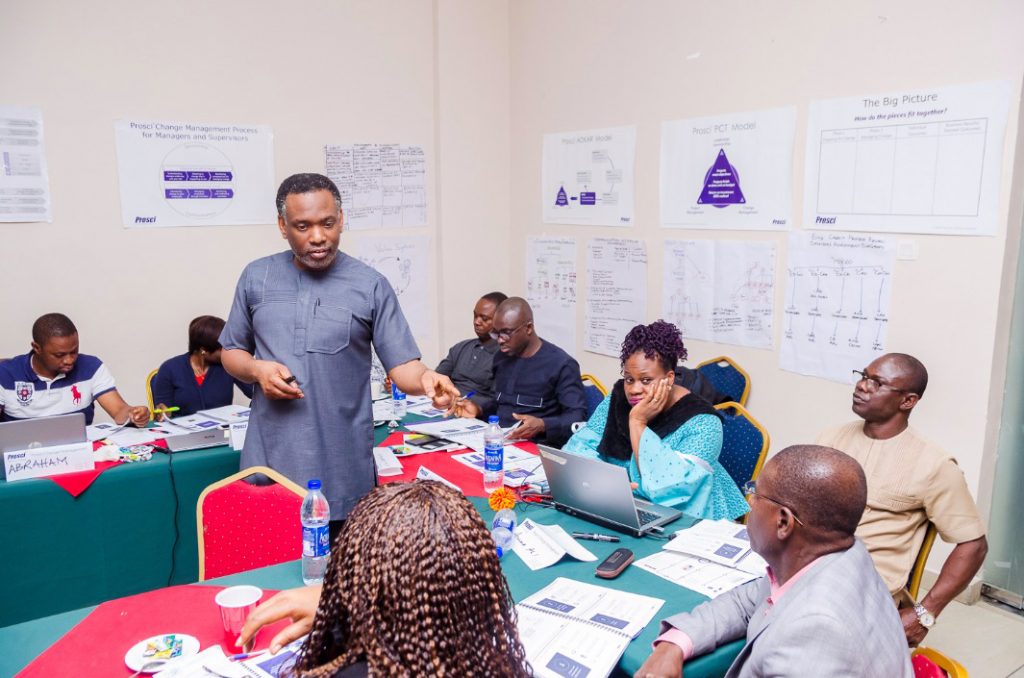
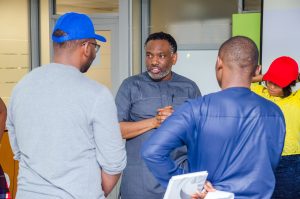

Got something to say?